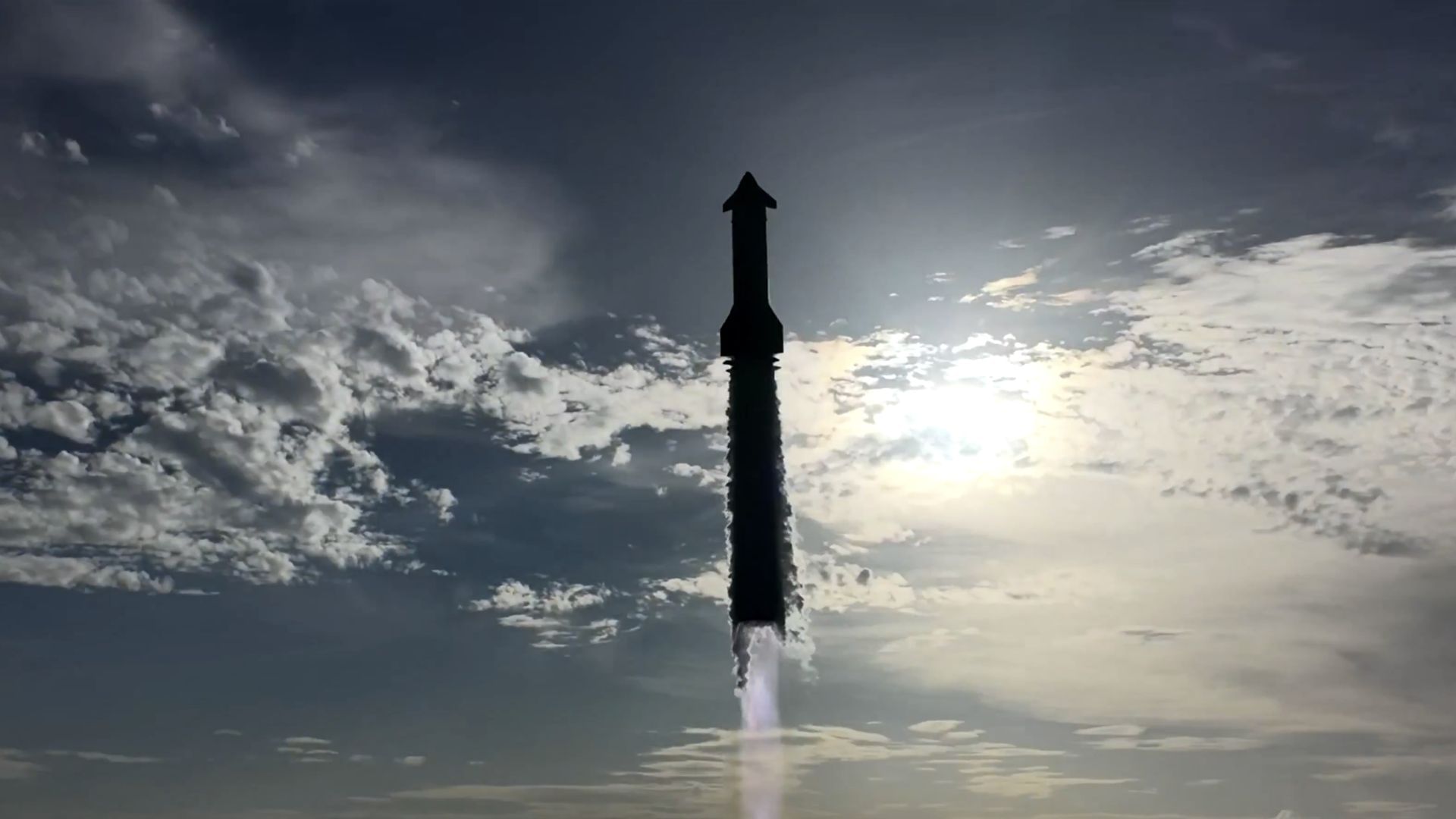New Delhi: After scrubbing the flight for two days over troubleshooting ground systems, and high altitude clouds over the launch site. SpaceX successfully conducted the tenth test flight for its SpaceX Starship. The Starship lifted off from Starbase at Boca Chica in Texas, at 05:00 hours IST on 27 August. The planned mission profile was identical to that of Flight 9, conducted four months ago, that ended with the returning first stage booster exploding just before the splashdown. One of the 33 Raptor engines on the Super Heavy booster failed just before the liftoff, but did not influence the outcome of the flight.
About the minute into the flight, the Starship reached Max Q, which is the peak mechanical stress experienced during the flight. The Super Heavy stage separated from the Starship then, with only 12 of the 13 engines igniting during the boostback burn. One of these engines did not operate nominally during the landing burn as well. The returning booster did not go for an aggressive angle of attack as Flight 9, with SpaceX exploring off-nominal situations to determine the limits of the capabilities of the rocket. One of the three central engines was deliberately cut-off during the splashdown, which was compensated by an engine from the middle ring. The returning booster exploded on splashing down into the Gulf of America.
Performance of the Starship
About ten minutes into the flight, the Starship Engine Cutoff (SECO) was executed, with the spaceship coasting. About 20 minutes into the flight, SpaceX started deploying simulated Starlink satellites from the payloads. These were models of the same dimensions of the next generation of Starlink satellites. These continued to be deployed till 25 minutes into the flight. About 40 minutes in, SpaceX relighted one of the Raptor engines, a capability that allows the deployment of multiple satellites in their precise target orbits. The vehicle was partially damaged during the reentry, and splashed down into the Indian Ocean, a little more than an hour after liftoff.
